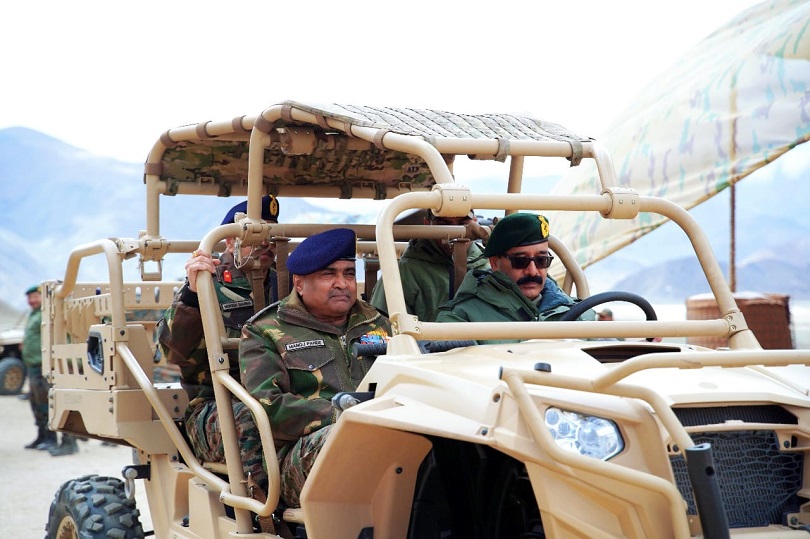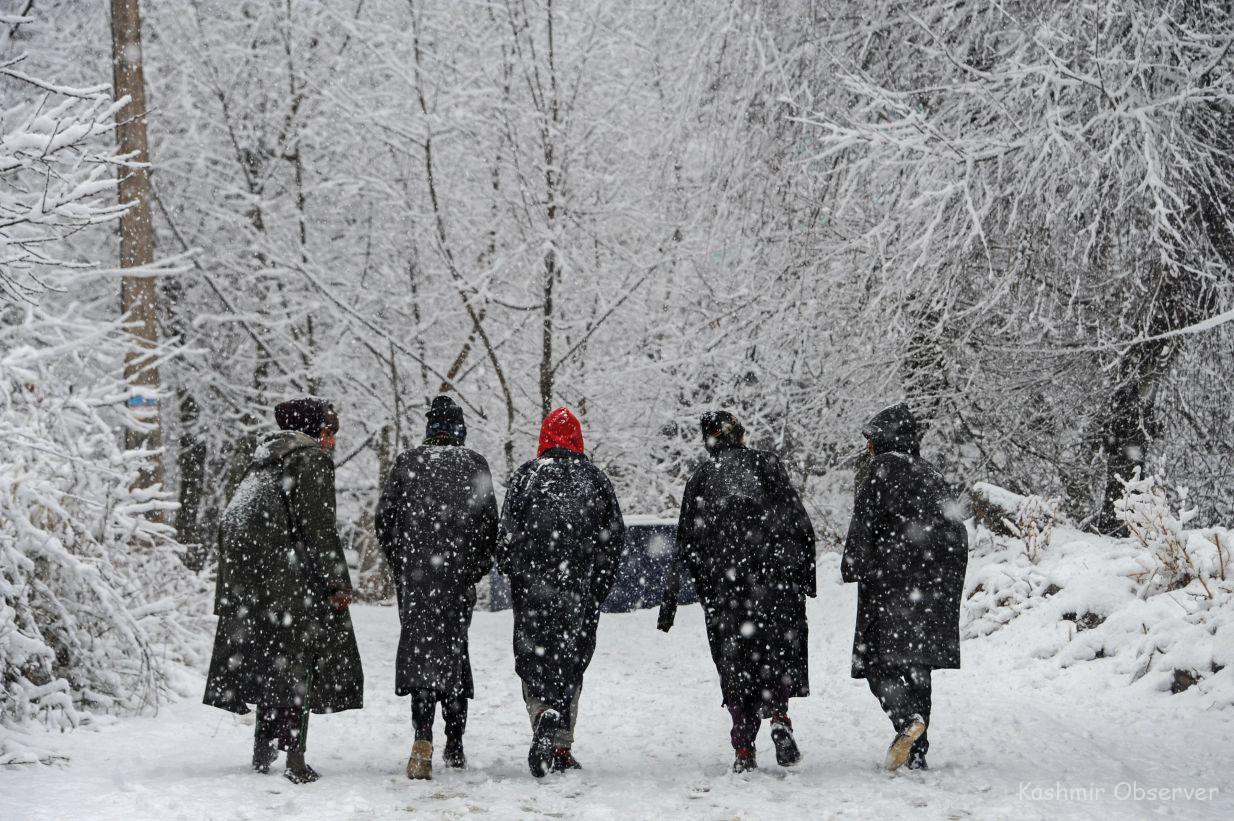
New Delhi- Army Chief Gen Manoj Pande on Saturday carried out a comprehensive review of the overall security situation in eastern Ladakh, two days after Indian and Chinese militaries began disengaging from Patrolling Point 15 in the Gogra-Hotsprings area in the region.
The Army said Gen Pande witnessed Parvat Prahar exercise besides interacting with officers and troops deployed in the region. The exercise featured a display of operational capabilities by artillery guns and other key weapon systems.
“Gen Manoj Pande #COAS visited #LadakhSector and witnessed Exercise PARVAT PRAHAR. #COAS was briefed on operational preparedness by commanders on ground. He interacted with the officers & troops & complimented them for their steadfastness and professional standards,” it tweeted.
People familiar with Gen Pande’s visit said he has been briefed about the fresh disengagement process besides the overall combat readiness of the Indian Army in the region.
Commander of the Leh-based Fire and Fury Corps Lt Gen Anindya Sengupta and other senior officials apprised Gen Pande about the overall security situation including the ongoing disengagement process in Patrolling Point 15, they said.
Gen Pande is scheduled to visit Siachen on Sunday.
The Indian and Chinese armies on Thursday announced that they have begun to disengage from the Patrolling Point 15 in the Gogra-Hotsprings area of eastern Ladakh, marking a significant forward movement in the stalled process to pull-out troops from the remaining friction points in the region where the two sides have been locked in a stand-off for over two years.
There has been no progress yet to resolve the standoff in Demchok and Depsang regions.
The beginning of the disengagement process in the Gogra-Hotsprings area is an outcome of the 16th round of high-level military talks in July, the two armies said in a statement on Thursday.
External Affairs Ministry Spokesperson Arindam Bagchi said on Friday that the disengagement process in Patrolling Point 15 will be completed by Monday.
“As per the agreement, the disengagement process in this area started on September 8 at 0830 hours and will be completed by September 12. The two sides have agreed to cease forward deployments in this area in a phased, coordinated and verified manner, resulting in the return of the troops of both sides to their respective areas,” he said.
“It has been agreed that all temporary structures and other allied infrastructure created in the area by both sides will be dismantled and mutually verified.
“The landforms in the area will be restored to the pre-stand-off period by both sides,” Bagchi added.
He said the agreement ensures that the Line of Actual Control (LAC) in this area will be strictly observed and respected by both sides and that there will be no unilateral change in the status quo.
“With the resolution of the stand-off at PP-15, both sides mutually agreed to take the talks forward and resolve the remaining issues along LAC and restore peace and tranquility in India-China border areas,” he said.
Initially, around 30 soldiers from each side were locked in a face-off at PP-15 but the number of troops kept changing depending on the overall situation in the region. India has been consistently maintaining that peace and tranquillity along the LAC were key for the overall development of the bilateral ties.
The eastern Ladakh border standoff erupted on May 5, 2020, following a violent clash in the Pangong lake areas. Both sides gradually enhanced their deployment by rushing in tens of thousands of soldiers as well as heavy weaponry.
As a result of a series of military and diplomatic talks, the two sides completed the disengagement process last year on the north and south banks of the Pangong lake and in the Gogra area.
The disengagement in the Pangong Lake area had taken place in February last year while the withdrawal of troops and equipment in Patrolling Point 17 (A) in Gogra took place in August last year.
Follow this link to join our WhatsApp group: Join Now
Be Part of Quality Journalism |
Quality journalism takes a lot of time, money and hard work to produce and despite all the hardships we still do it. Our reporters and editors are working overtime in Kashmir and beyond to cover what you care about, break big stories, and expose injustices that can change lives. Today more people are reading Kashmir Observer than ever, but only a handful are paying while advertising revenues are falling fast. |
| ACT NOW |
| MONTHLY | Rs 100 | |
| YEARLY | Rs 1000 | |
| LIFETIME | Rs 10000 | |













